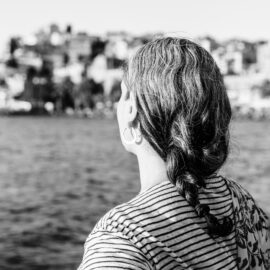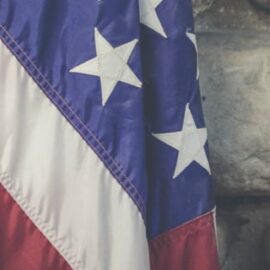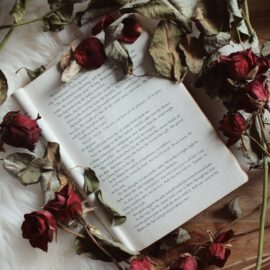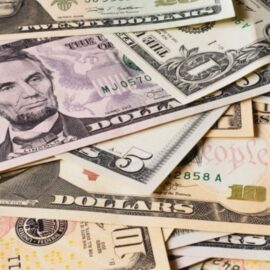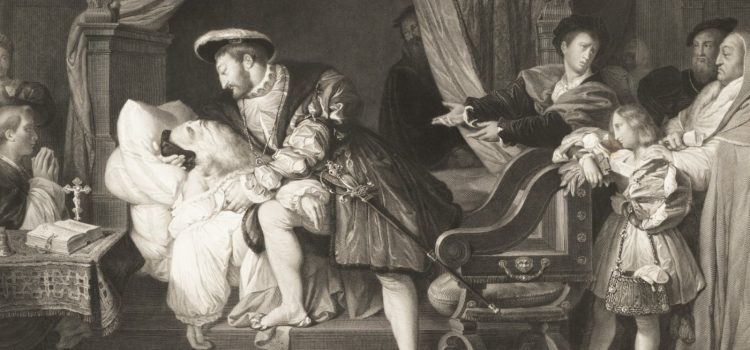
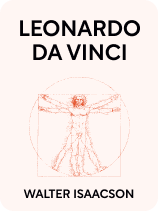
This article is an excerpt from the Shortform book guide to "Leonardo da Vinci" by Walter Isaacson. Shortform has the world's best summaries and analyses of books you should be reading.
Like this article? Sign up for a free trial here.
What was Leonardo da Vinci’s later life like? When did the polymath die?
According to the book Leonardo da Vinci by Walter Isaacson, Leonardo spent his last years in Rome and France where he continued to paint. In 1519, he died under unknown circumstances.
Read here to learn more about the last years of Leonardo da Vinci’s colorful life.
Rome (1513-1516)
Leonardo da Vinci’s later life begins in Rome in 1513 where he found new patrons. Giovanni de’ Medici (of the Florence Medici) had become Pope Leo X and his court was looking for artists and architects. (Shortform note: Pope Leo X has many claims to fame, besides employing Leonardo. The Renaissance flourished in Rome under his watch, with Raphael, Michelangelo, and many other artists working for him. But the pope enjoyed many earthly pleasures other than art, and his ostentation of wealth, corruption, and promiscuity helped diminish the Catholic Church’s leadership, opening it up to a period of Reformation by leaders such as Martin Luther.)
New Patrons: Giovanni and Giuliano de’ Medici
During his time in Rome, Leonardo didn’t accept any new painting commissions. Instead, Isaacson says he focused on improving the paintings he had brought with him from Milan. He also took engineering jobs for the court, such as draining marshes and designing a coin mint. Isaacson claims that Leonardo’s time in Rome was brief and unenjoyable. He got into arguments with people who worked for him and with those whom he believed were copying his ideas. The Pope also ordered him to stop performing dissections, limiting his anatomy studies. Since he wasn’t producing any paintings, he lost the Medici’s favor, and he decided to find other employment.
(Shortform note: Another source of discomfort for Leonardo was that he didn’t have friends in Rome. The other artists there, especially Michelangelo, saw him as competition, and his only friend in the city was the architect Donato Bramante, who died in 1514.)
France (1516-1519)
In 1516, Leonardo and Francesco moved to France. Joining them was Battista de Vilanis, a new servant Leonardo had become attached to, according to Isaacson. Along the way, the group separated from Salai (Leonardo’s apprentice and muse). Salai moved to Leonardo’s estate in Milan (a vineyard that Ludovico Sforza had given him as payment for some work), where Salai later built a house. He would visit Leonardo a few times in France, but they never again lived together. (Shortform note: Ludovico gave Leonardo the vineyard as payment for “The Last Supper” and it was Leonardo’s confirmation of having become a land-owning citizen of Milano.)
Leonardo’s Last Patron: Francis I
Leonardo’s move from Rome to France was thanks to King Francis I, who in 1515 invited Leonardo to his court. Francis admired the Italian Renaissance, and Leonardo in particular, and he wanted to bring that cultural revolution to France. Isaacson believes that Francis was the perfect patron for Leonardo’s last years. They shared a wide-ranging curiosity and taught each other what they knew. Francis didn’t condition his stipend on paintings or other works, and he let Leonardo work on projects that interested him, such as court events and works of engineering.
(Shortform note: Experts agree that the relationship between King Francis I and Leonardo was mutually beneficial. Leonardo was a “father figure” to the king, and Francis offered the comforts the aging artist needed: a beautiful home, a secure place in court, a salary, and admiration.)
Leonardo’s Death
Later in life before October of 1517, Leonardo da Vinci suffered a stroke that left his right hand incapacitated. Before his death, Leonardo wrote his will. Isaacson reports that he divided his property among Francesco, his half-brothers, Battista, Salai, and his cook. (Shortform note: Isaacson states that Leonardo wrote his will in 1518, but most other sources claim he wrote it in 1519, days before his death.) Leonardo died in 1519, days after turning 67. (Shortform note: The cause of death is unknown, but it’s possible he had another stroke.)

———End of Preview———
Like what you just read? Read the rest of the world's best book summary and analysis of Walter Isaacson's "Leonardo da Vinci" at Shortform.
Here's what you'll find in our full Leonardo da Vinci summary:
- A detailed look into the life, accomplishments, and struggles of Leonardo da Vinci
- Lessons from his life and work that you can apply to your own life
- What set Leonardo apart from other artists at the time

